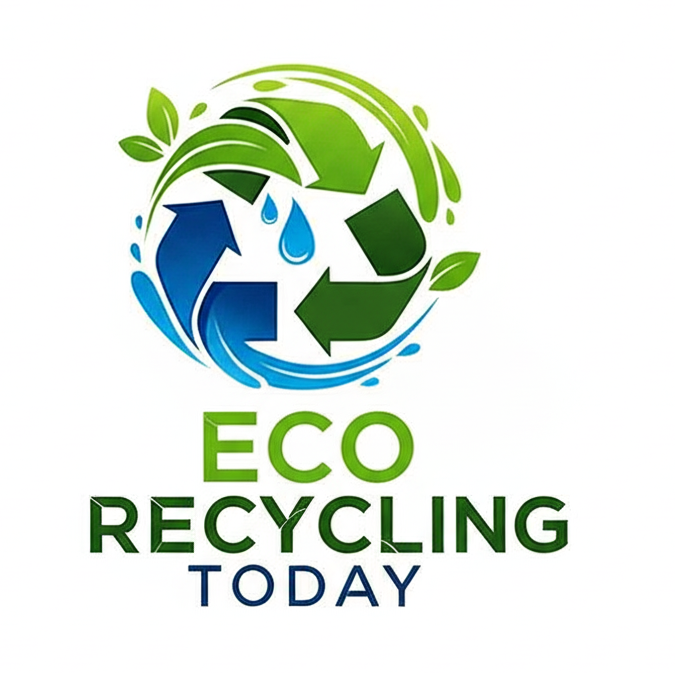Global plastic production exceeded 400 million metric tons in 2023, and less than 10% of this volume was recycled effectively. The rest either ended up in landfills, was incinerated, or leaked into the environment. Plastic recycling is therefore not just a waste management practice — it is a critical pillar of the circular economy.
However, achieving high-quality recycling is complex. Below, we examine the key industry challenges and technical, economic, and policy solutions shaping the future of plastics management.
Key Challenges in Plastic Recycling
1 Resin Complexity and Material Incompatibility
Plastics are categorized by resin codes (#1–#7), each with different chemical compositions and thermal properties. Mixing incompatible plastics — for example, PET and PVC — can cause severe quality degradation in the final product.
Industry Note: According to the Ellen MacArthur Foundation, multi-material packaging accounts for nearly 15% of all plastic packaging waste but has a recycling rate close to 0% due to incompatibility issues.
2 Contamination Across the Supply Chain
Food residues, adhesives, non-recyclable labels, and composite materials reduce recycling efficiency. Even 1–2% PVC contamination in PET streams can make entire batches unusable for food-grade applications.
3 Limited Processing Infrastructure
Many countries lack Material Recovery Facilities (MRFs) capable of handling flexible films, polystyrene, or multi-layer laminates. This is especially critical in emerging markets, where informal waste collection dominates.
4 Price Volatility of Recycled Polymers
The market value of rPET, rHDPE, and other recycled plastics fluctuates with crude oil prices. When virgin resin prices drop, recyclers often struggle to remain competitive.
Example: In 2020, global rPET pellet prices fell 30% in just three months due to a crash in crude oil markets.
5 Lack of Standardization in Recycling Systems
Different municipalities accept different materials, creating consumer confusion and contributing to high contamination rates.
Scalable Solutions for a Greener Future
| Solution | Core Benefit | Example Applications |
|---|---|---|
| Advanced Sorting Technologies | Increases purity of recycled feedstock | NIR optical sorters, AI-based robotic arms |
| Design for Recycling (DfR) | Reduces complexity in processing | Mono-material packaging, solvent-free inks |
| Extended Producer Responsibility (EPR) | Shifts cost to producers, incentivizing sustainable design | EU Packaging Waste Directive |
| Chemical Recycling | Breaks down hard-to-recycle plastics into monomers | Depolymerization of PET into BHET |
| Closed-Loop Collection Models | Improves recovery rates | Deposit Return Schemes for beverage bottles |
Technological Innovations Driving Change
1 AI and Robotics in MRFs
AI-powered vision systems and high-speed robotic arms can now sort over 80 items per minute with resin-type accuracy above 95%.
2 Advanced Chemical Depolymerization
Processes like glycolysis and methanolysis enable PET waste to be broken down into monomers, which can be re-polymerized into food-grade resins — bypassing mechanical recycling limits.
3 Blockchain for Material Traceability
Digital tracking systems can authenticate recycled content claims, critical for brands meeting ISO 14021 or Ecolabel standards.
Policy and Market Mechanisms
- Deposit Return Schemes (DRS): Proven to achieve return rates above 90% for PET bottles in markets like Germany and Norway.
- Mandatory Recycled Content Legislation: The EU requires 25% rPET in PET beverage bottles by 2025.
- International Waste Trade Regulations: Stricter Basel Convention amendments are reducing cross-border plastic waste dumping.
Plastic recycling is a multidisciplinary challenge — requiring synergy between engineering, market economics, and environmental policy. By integrating advanced sorting, sustainable product design, and robust policy frameworks, the industry can transition from a linear “take–make–dispose” model to a truly circular plastics economy.
FAQ
1. Why is PVC contamination in PET so problematic?
PVC has a lower melting point, and when processed with PET, it degrades the polymer chain and discolors the resin, making it unsuitable for high-grade applications.
2. Can chemical recycling replace mechanical recycling?
No. Mechanical recycling remains more energy-efficient for clean, mono-material streams, while chemical recycling is suited for mixed or contaminated plastics.
3. Which plastic type has the highest recycling rate globally?
PET (#1), especially from beverage bottles, often exceeds 50% recycling rates in regions with deposit systems.
4. What role do consumers play in improving recycling rates?
Proper sorting, cleaning recyclables, and reducing single-use plastics significantly increase recycling system efficiency.
